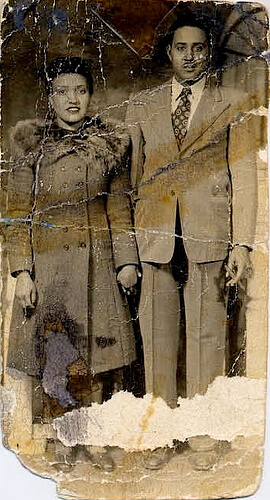The Legacy of Henrietta Lacks
The Legacy of Henrietta Lacks

As medical records show, Mrs. Lacks began undergoing radium treatments for her cervical cancer. This was the best medical treatment available at the time for this terrible disease. A sample of her cancer cells retrieved during a biopsy were sent to Dr. George Gey's nearby tissue lab. For years, Dr. Gey, a prominent cancer and virus researcher, had been collecting cells from all patients who came to The Johns Hopkins Hospital with cervical cancer, but each sample quickly died in Dr. Gey’s lab. What he would soon discover was that Mrs. Lacks’ cells were unlike any of the others he had ever seen: where other cells would die, Mrs. Lacks' cells doubled every 20 to 24 hours.
Today, these incredible cells— nicknamed "HeLa" cells, from the first two letters of her first and last names — are used to study the effects of toxins, drugs, hormones and viruses on the growth of cancer cells without experimenting on humans. They have been used to test the effects of radiation and poisons, to study the human genome, to learn more about how viruses work, and played a crucial role in the development of the polio vaccine.
Although Mrs. Lacks ultimately passed away on October 4, 1951, at the age of 31, her cells continue to impact the world.
To honor the life and legacy of Henrietta Lacks, this video highlights
her impact on biomedical research and the efforts of Johns Hopkins
Medicine to pay homage to her legacy. Learn more at: http://www.hopkinsmedicine.org/henrie..
Henrietta Lacks was an African-American woman who underwent treatment
for an aggressive form of cervical cancer at Johns Hopkins Hospital in
1951. Despite receiving a high standard of medical treatment, Mrs. Lacks
ultimately succumbed to this cancer at the young age of 31. However,
her extraordinary cells—called “HeLa” from the first two letters of her
first and last names—continued to reproduce in the laboratory. This was
the first time in history that a human cell line was able to be
reproduced in a laboratory setting; and it gave medical researchers the
opportunity to improve the human condition by allowing them to better
understand, treat, and prevent a wide range of diseases, including the
development of the polio vaccine, cancer treatment protocols, AIDS
research, and much more.
No comments:
Post a Comment